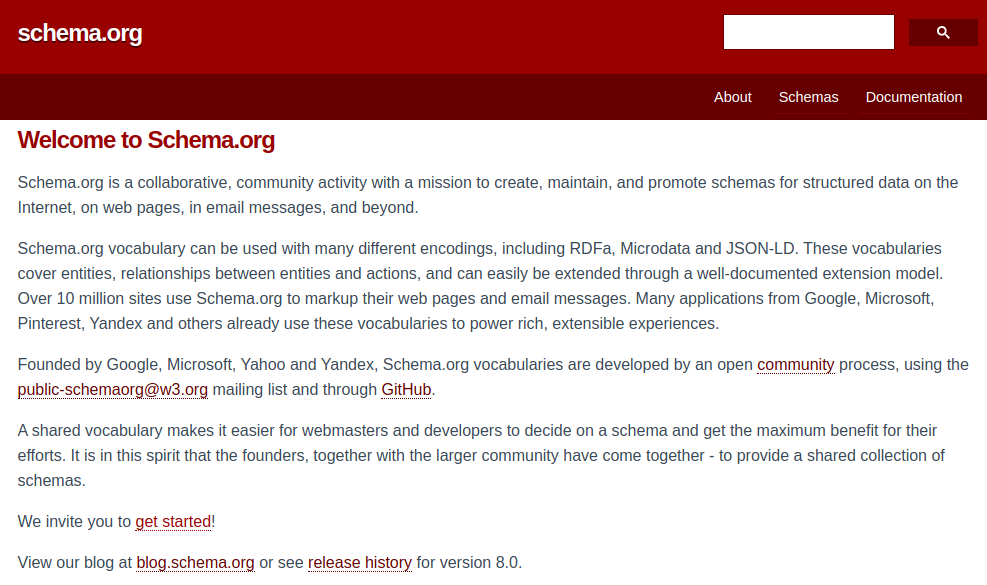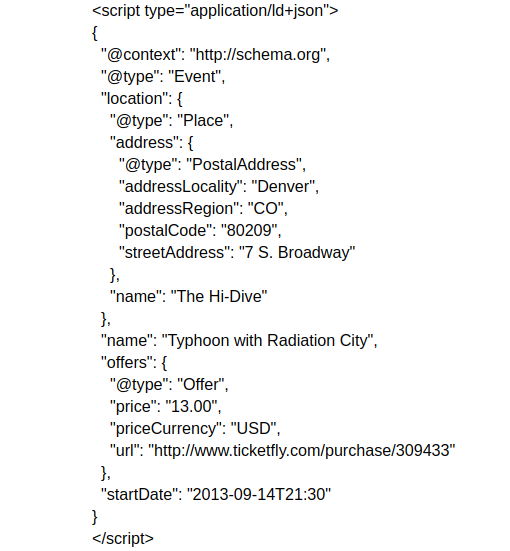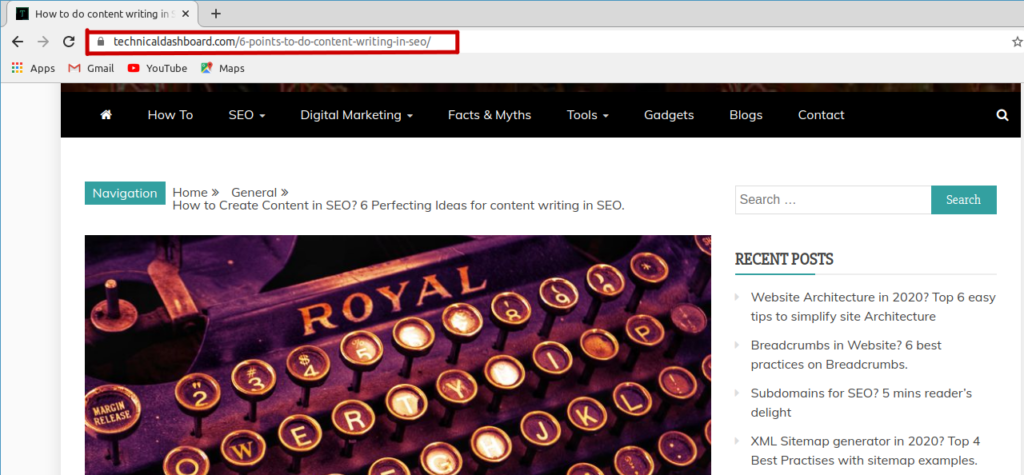Welcome back to our other series on On-page SEO. This is the second part of our on-page SEO checklist. We will be here dealing briefly with Structured data, Image optimization, and URL issues.
If you are in complete darkness about the show we have been running, then welcome to our series on the ON-page SEO checklist.
Here we will be dealing only with facts and nothing more. We have tried to optimize the content as much as we can and deliver you the absolute necessary points.
If you happen to jump right in here checklist-2 then, feel free to check out the Checklist-1 too.
Ok, now let’s not just deviate from our promise and begin already.
1. Structured Data:
What is Structured data in SEO?
Structured data in SEO is just the pattern of developing content that helps different search engines to recognize the content.

Search engines have specified a certain pattern to write down a particular content that may be news, event, places, Review that can be later used to display the rich snippet.
What is Schema.org?

Schema.org is a collection of a large number of schema that gives you a bunch of codes according to your requirements.
All you have to do now is just edit the contents of the code according to your organization’s information.
How to implement Structured data?
Three different data formats can be used to markup the structure data.
- JSON-LD(recommended by Google)
- Microdata
- RDFa
Example of Structured data in JSON-LD
Here a structured data of Event from schema.org:

Now all you have to do is just change the value of the name-value pair.
Structure data best practices on SEO :
Use the JSON-LD format as much as possible.
Don’t use the structured data on the homepage.
Use complete and accurate properties. Focus on quality rather than quantity.
Mark visible contents only.
Structured data testing tools:
Google structure data testing tools
Google is now planning to ditch the google structure data testing tool and replace it with Rich Results tests. Google now recommends the rich result tests for validating the structured data for google search.
Try Google Rich Results Tests from here.
2. Image optimization for web(SEO)
What is image optimization?
The process of optimizing the image that will be appropriate for our web usage is image optimization.

When you are hosting a website then images are the first thing that will make consume a lot of your memory.
Reducing the size with minimal reduction in image quality should be our priority while optimizing an image.
What is the appropriate image size?
The optimized image should be less than 100 kb. There is no point in using an image when the image can’t be rendered properly.
What are the image formats that can be used?
The famous image format that can be used are:
Jpg
Png
Gif
WBMP
WebP
Best practices on Image optimization for web(SEO):
Use your keywords appropriately for an image name.
Make sure to use keywords on image ALT text.
Make sure you add an image to the sitemap.
Make sure to host the image from your own site.
Use the images that are relevant to your content.
Here’s the list of top copyright-free images websites.
3. URL issues:
What are URL issues?

URL stands for Unifrom Resource Locators. They largely enhance SEO.
The URL part is often neglected and the random characters are used hence URL issues are developed from an SEO perspective.
What is an appropriate URL length?
The maximum URL length is 60-75 characters. If your URL exceeds the limit mentioned here then it’s time to optimize.
Best practices on URL in SEO
Use your preferred keywords.
Make it as short as possible
Use Numbers and power words.
Use a hyphen (-) as the separator between words.
Make sure your URL depicts your content.
Why URL matters in SEO?
It greatly adds up the user experience as it helps the user to understand the context of your page.
If keywords are effectively used then they help in ranking factors.
They make navigation easier.
Conclusion:
Do you honestly think that people would share their core SEO strategy?

I don’t think anyone out there would guide you to beat themselves. If you aren’t aware of content filtration, then you may end up on losing side.
But we are always happy to help you to push past your limits.
I hope our checklist series will serve you as the quick guide in On-page SEO.
If you enjoyed it consider sharing it with your friends and comment below your suggestion and help us to improve.
Bye See you in the next one.



